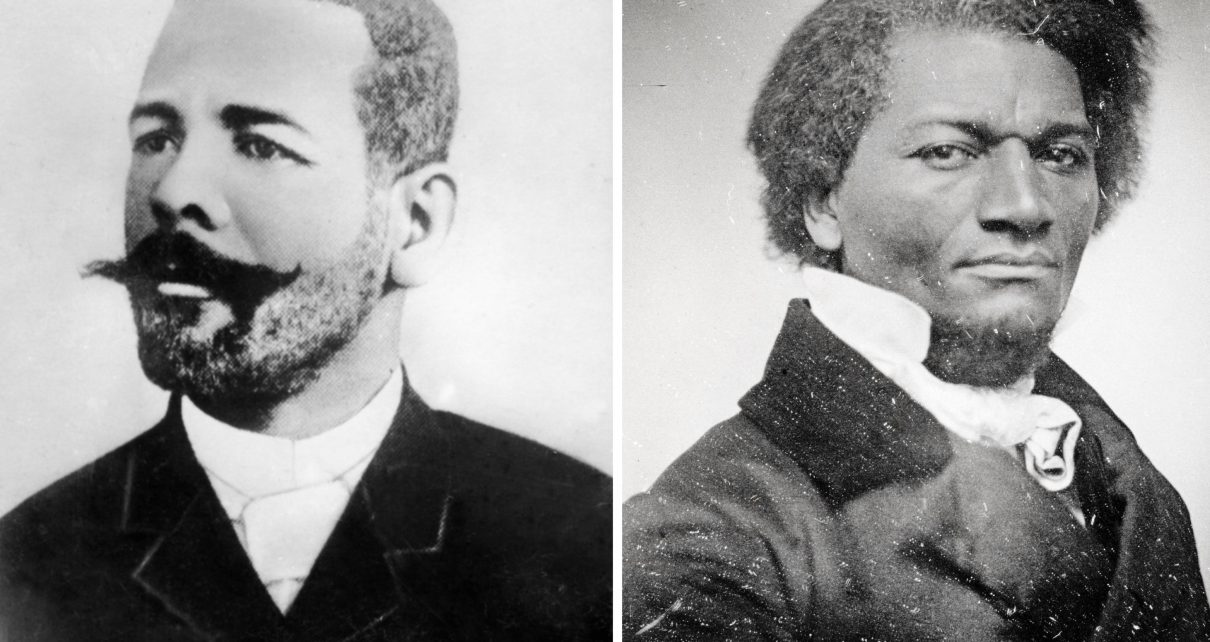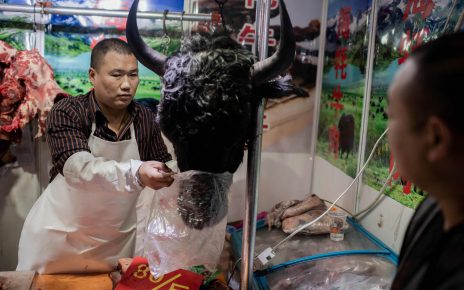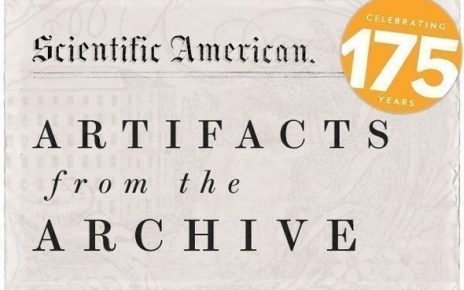Sometimes it is the strange similarities and symmetries of unrelated historical moments that most clearly display the patterns of human experience. Archives separated by oceans can be in dialogue with each other. A case in point: in the National Library of Scotland and the national archives in Cuba, you can find unsettling documents detailing the skull measurements of two renowned Black leaders of the 19th century. These peculiar archival records demonstrate the long relationship between scientific inquiry and racism. Together, they caution against the perennial problem of societal prejudices seeping into scientific “progress.”
Frederick Douglass, the American abolitionist orator and publisher, and Antonio Maceo, the celebrated military hero of the Cuban independence movement, are rarely if ever mentioned together. Yet these men experienced strikingly similar scrutiny about their mixed racial ancestry. Racist commentators asked whether these Black leaders’ achievements were attributable to their partial “European” or “white” blood. The primary objective of 19th-century “racial science” and ethnology was to stratify the human species into superior and inferior racial categories; such ideas could then be used to justify racial oppression.
But in the attacks levied against these two figures, another factor is in play: the erasure of nonwhite excellence. Douglass’s rhetorical mastery and Maceo’s courageous military exploits were testaments to Black artistry, intellect and leadership. By suggesting their triumphs stemmed from their having partial white ancestry, white critics attempted to rob them of their status as exemplars of Black genius.
Why skulls? Why were some 19th-century scientists so crazy for craniums? Samuel George Morton, a scientist from Philadelphia, epitomized this trend. Morton’s office, filled with skulls from around the world (many retrieved by grave robbers), was affectionately known as the “American Golgotha.” To Morton, skulls were the key: cranial characteristics dictated racial difference and supposedly proved Europeans were the pinnacle of human advancement. Morton’s Crania Americana perpetuated the ideas of cranial racial difference that had a sprawling hold on 19th-century medical and popular thought. Even the skulls of celebrated leaders like Douglass and Maceo did not escape racialized scrutiny.
Antonio Maceo deserved his title, “the Bronze Titan.” He achieved the rank of major general, and fought in hundreds of military engagements against Spanish colonial authorities and refused to be slowed by the many wounds he suffered in the field. Maceo’s parents were classified as “pardos libres,” meaning they were free (not enslaved) and mixed-race. Given his Afro-Cuban parentage, Maceo took pride in his position as a public symbol of the potential for racial equality in Cuba. He led multiracial militias and famously rejected the terms of the 1878 Pact of Zanjón for not guaranteeing independence and the total abolition of slavery. Maceo was killed in battle on December 7, 1896, and came to symbolize the collective struggle of a multiracial Cuban population and a national future free from past racial injustices.
In September of 1899, his body was exhumed by Cuban authorities to reinter him at a monument in his honor. In an act that would have been unthinkable had he been white, his bones were measured and analyzed by an anthropological commission to see if he had been more European or African, more white than Black. Historian Marial Iglesias Utset details how the examination “combined, in a splendidly paradoxical way, the ‘patriotic’ motivation to glorify the memory of the independence hero with the application of techniques developed by … defenders of ‘scientific racism.’”
Henry Louis Gates, Jr. describes the scene cogently: “Imagine if Ulysses S. Grant had died during the Civil War. And imagine if scientists then decided to cut him up like a frog in biology class to find out if his skeleton looked more English, say, or Irish. This was scandalous.”
The “estudio antropológico” began with a study of Maceo’s skull. The scientists were impressed with the “lines” of the cranium. They assured the reader that, although the right side of the skull was slightly larger than the left, that was common. They noted happily that, because of its proportions, his cranium could be “confused” with a European’s. With that line, the purpose of the charade became clear. Maceo was being ‘scientifically’ refashioned into a white Cuban hero.
Moving to the rest of the skeleton, the examiners recorded that Maceo appeared to be a man of Herculean strength, “un hombre de una fuerza hercúlea.” This no one doubted; he was the Bronze Titan after all. But then the report took another shameful turn. The scientists described how the mixture of white and Black—“el cruzamiento del blanco y del negro” —created a superior individual when the European side “predominated” and an “inferior” individual when it did not.
Maceo’s measurements were compared with those of “Blacks of Africa,” “Modern Parisians,” and “adult Europeans.” The examiners divined that while Maceo’s skeleton resembled that of a man of African descent, his cranium was more European. The conclusion declared that “given the race to which he belonged and the sphere in which he nurtured and pursued his activities, Antonio Maceo can, in all rightness, be considered as a truly superior man” (Utset’s translation). As this Cuban military hero was being publicly immortalized, white Cuban authorities made sure to whitewash his body, or at least his skull.
Douglass, too, had his head examined. While giving antislavery lectures in the British Isles in 1846, he met prominent phrenologist George Combe in Edinburgh (phrenology is the now-debunked pseudoscience of predicting mental and intellectual capacity by measuring the shape of skull). Combe wrote in his diary: “Frederick Douglas[s] the self-liberated slave from Maryland U.S. breakfasted with us this morning.… The lower ridge & middle perpendicular line of the frontal lobe are large… The head is well balanced…” In his strange phrenological shorthand, Combe recorded all sorts of observations about Douglass’s head. (
Combe viewed himself as anti-slavery, and his examination did not have the same racist and political motivations of the Maceo commission. Still, he was well acquainted with Morton and had publicized his Crania Americana in the U.K. In his publications, Combe subscribed to the sort of natural racial hierarchies Douglass despised. While visiting the United States in 1839, Combe expressed disgust at American slavery, yet he viewed the institution through his “scientific,” racialized lens: “the African has been deprived of freedom and rendered ‘property’ … because he is by nature a tame man…. In both [Africans and Native Americans], the brain is inferior in size, particularly in the moral and intellectual regions, to that of the Anglo-Saxon race, and hence the foundation of the natural superiority of the latter over both.” Combe’s journal reveals how impressed he was with Douglass. He must have seen him as a racial outlier.
While Combe did not dwell on Douglass’s mixed ancestry, others did. The orator had been born to an enslaved woman on the Eastern Shore of Maryland. His father, he presumed, was his and his mother’s white owner. As with Maceo, racists explained his oratorical power by pointing to his “European” or “Anglo-Saxon” blood.
At a public meeting in 1850, Douglass debated a Dr. Grant who postulated that Blacks were of a different species. When Douglass refuted this convincingly, “the Doctor’s adherents cried out that Douglass was not a negro—he was half white—and the inference that they would draw was, that his logic and eloquence all came from his white father and none from his black mother.”
Douglass addressed such ideas in a speech entitled “The Claims of the Negro, Ethnographically Considered,” delivered in 1854. Taking direct aim at Morton, Douglass noted how Crania Americana dripped with “contempt for negroes.” He observed that “an intelligent black man is always supposed to have derived his intelligence from his connection with the white race. To be intelligent is to have one’s negro blood ignored.” Fascinatingly, Douglass argued “that intellect is uniformly derived from the maternal side.” This allowed him to credit his mother with his inherent intellectual fortitude. In his second autobiography, he said of his mother, “I am quite willing, and even happy, to attribute any love of letters I possess … not to my admitted Anglo-Saxon paternity, but to the native genius of my sable, unprotected, and uncultivated mother.”
Douglass’s and Maceo’s interactions with racial science were not identical. Yet their stories intersect in how their scrutinizers sought to decouple their exceptional achievements from the truth of their racial identities. By doing so, white Cubans could comfortably claim Maceo, and white Americans could comfortably dismiss Douglass.
So, what does racial science reveal about society? Today, the strange logics of these pseudosciences have receded, but they are not altogether gone. Racism, greed and fear of an “other” achieving greatness are still very much alive. These stories of Douglass and Maceo challenge us to assess how our society erases Black excellence today. To put it another way, how do predominantly white institutions claim credit for Black achievement?
To Douglass, the question at the root of all of this “scientific moonshine” was “whether the rights, privileges, and immunities enjoyed by some ought not to be shared and enjoyed by all.” Douglass and Maceo achieved greatness in the pursuit of these universal ideals and could not be eclipsed by those seeking to whitewash Black genius.




